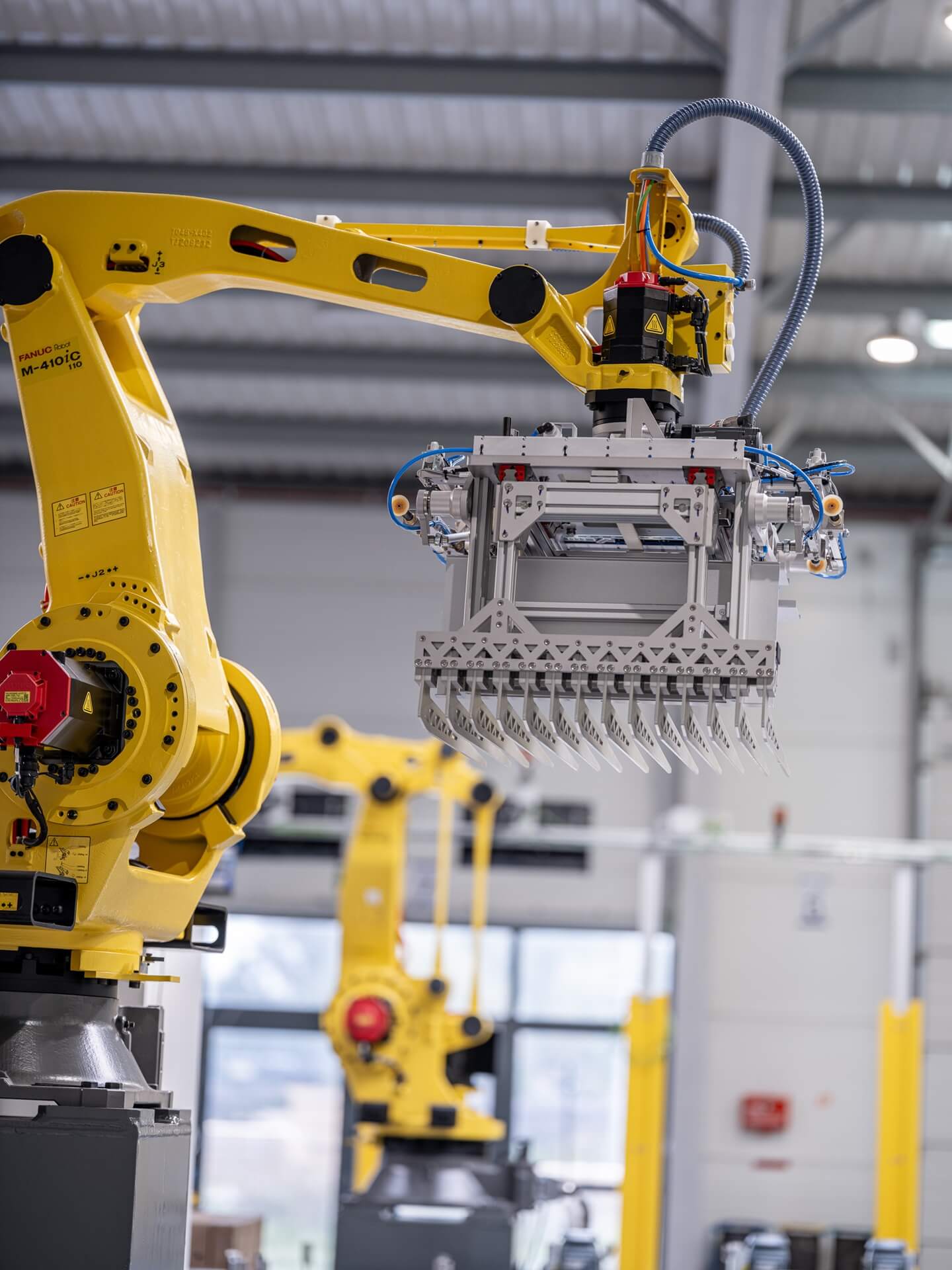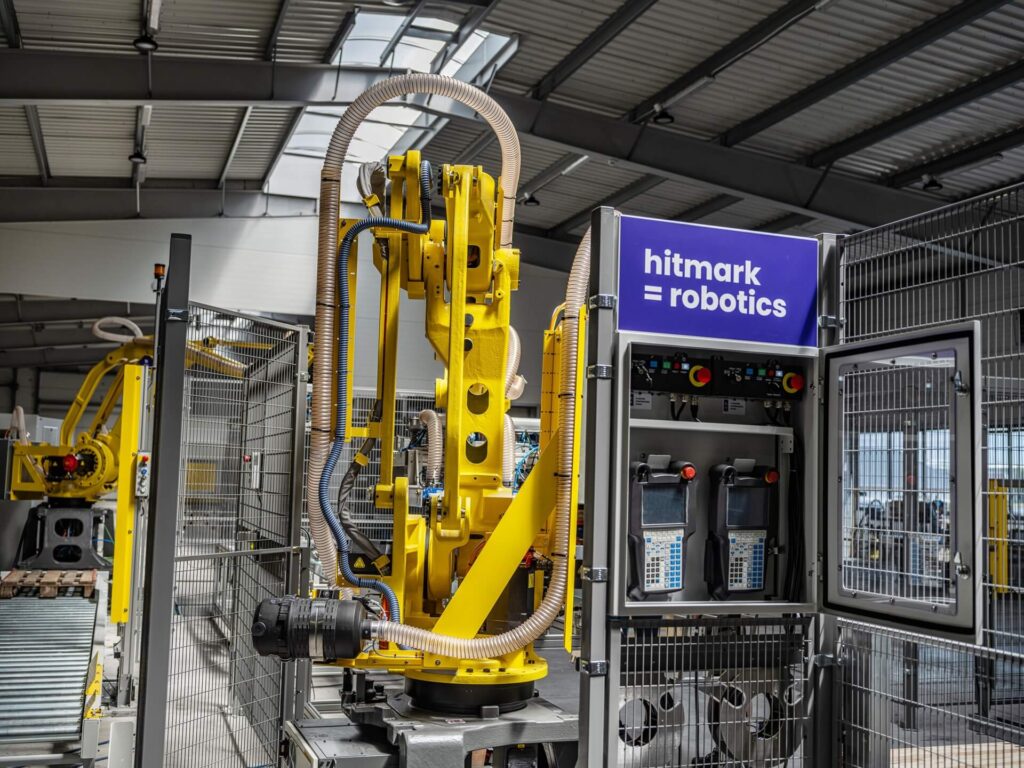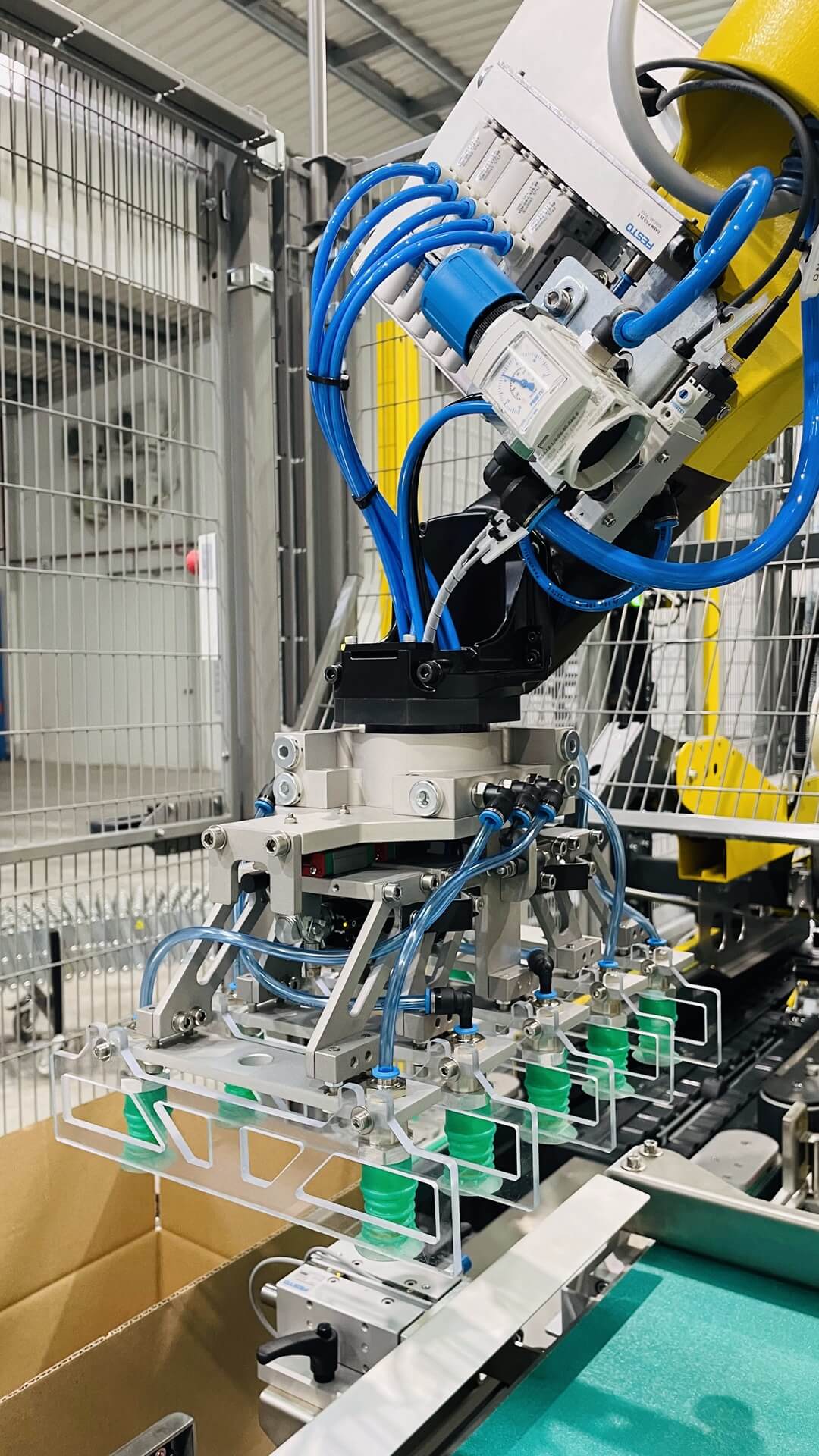
In recent years, cobots (collaborative robots) and industrial robots have gained significant popularity across various industrial sectors. While both aim to automate production processes, they differ greatly in how they operate and where they are used. Cobots are specifically designed to work safely alongside humans, with both hardware and software developed to minimize collision risks. Thanks to advanced sensors and intuitive programming, cobots can dynamically adjust their movements based on the presence of human workers, making them ideal for environments where close human-machine collaboration is essential.
Industrial robots, on the other hand, are built to perform heavier and more precise tasks, often in isolated production areas where human involvement is minimized. Their high power and accuracy make them perfect for environments where productivity and repeatability are key—such as component assembly lines or precision machining. Choosing between a cobot and an industrial robot depends on the nature of the job. If close cooperation with humans and flexibility for frequent task changes is needed, a cobot is the better choice. For tasks requiring high force and speed, an industrial robot tends to be more efficient.

Collaborative Robots in Industry – A New Era of Automation?
Collaborative robots represent a revolution in automation, allowing companies to boost efficiency while maintaining operational flexibility. Because they’re designed for direct human interaction, cobots can be deployed in environments where traditional automation would be too expensive or too complex. Their versatility makes them an excellent choice for short production runs, where frequent product changes require quick retooling.
What’s more, cobots relieve employees from repetitive tasks such as product sorting or handling lightweight parts. This allows workers to focus on more creative and value-added responsibilities, enhancing job satisfaction and reducing staff turnover. Cobots also open up new opportunities for production process optimization, enabling smoother resource management and quicker responses to changing market demands.
Thanks to advanced machine learning and environmental adaptation technologies, cobots can analyze production data and optimize their actions in real time—an essential feature in fast-changing industrial settings. This ability to instantly adapt is what makes collaborative robots a symbol of modern automation. They are increasingly used not only in manufacturing but also in warehouses and logistics centers.

One of the greatest strengths of cobots is their ability to work directly with humans. That’s why they are often seen as a hallmark of modern automation. The main advantages of cobots include their flexibility—they can perform a wide range of tasks, from simple operations to more complex activities, without the need for programming from scratch. This means they can be quickly integrated into new processes, which is especially valuable for fast-growing companies where agility provides a competitive edge.
In addition, cobots feature intuitive interfaces that make them easy to use. Employees don’t require long training sessions to begin working with them, which saves both time and money. Their advanced sensor systems allow them to adjust force and speed based on their surroundings, making them safer than traditional industrial robots. This translates into lower risk of accidents and fewer work stoppages—key factors in maintaining production continuity.
Cobots are used by both small and large businesses, thanks to their ability to safely interact with people. They help create a working environment where innovation and employee well-being go hand in hand, ultimately leading to better results and greater team satisfaction.
Choosing between a collaborative robot and an industrial robot largely depends on the specifics of your production and your business goals. Cobots are ideal for environments where rapid change and flexibility are priorities—especially in companies that frequently update their production processes. Because they can safely operate side by side with humans, cobots are perfect in settings where human-machine coordination is essential. They can be quickly reprogrammed for new tasks, making them a valuable tool in dynamic, low-volume manufacturing.
Industrial robots, by contrast, are the go-to solution for companies that prioritize power and durability. They excel in demanding environments where precision is key, and in processes that require uninterrupted operation over long periods. The robotic arms of industrial robots can perform complex tasks with high repeatability, making them indispensable in assembly or material processing, where minimizing errors is critical to product quality.
Ultimately, the choice between a cobot and an industrial robot isn’t just about cost—it’s also about your company’s long-term development strategy. Cobots offer agility and enhanced collaboration between people and technology, enabling quick adaptation to market changes. Industrial robots, on the other hand, ensure stability and efficiency in mass production. Both technologies offer unique benefits, and the right choice depends on how your business wants to build its competitive edge.